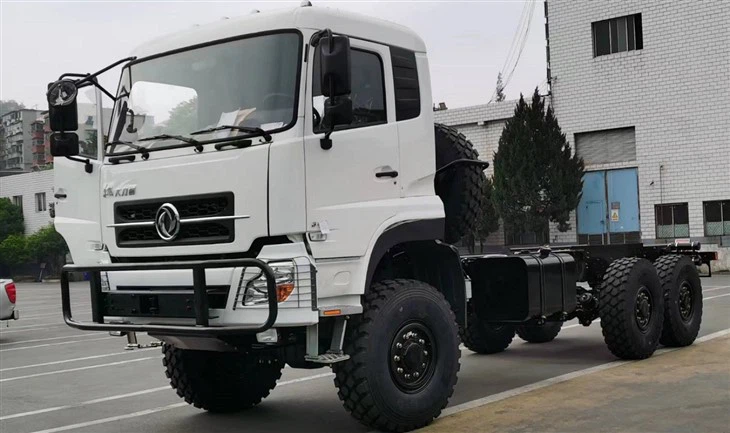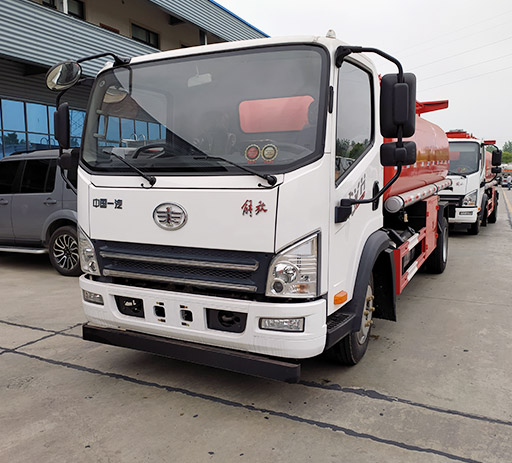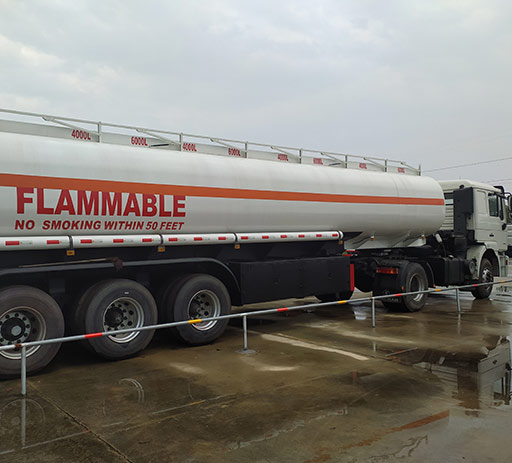Classic Refuse Trucks: An In-Depth Look at the Evolution and Importance of Waste Management Vehicles

Introduction
Refuse trucks, often considered the unsung heroes of urban societies, play a crucial role in keeping our cities clean and waste-free. These vehicles have seen significant evolution over the years, transitioning from simple waste collection methods to advanced mechanized solutions. This article takes a comprehensive look at classic refuse trucks, their historical significance, technological advancements, and their impact on modern waste management systems. By understanding these vehicles, we can appreciate their importance in maintaining public health and environmental sustainability.
The History of Refuse Trucks
Early Waste Collection Methods
Before the advent of motorized refuse trucks, waste collection relied heavily on manual labor and horse-drawn carts. Cities would employ workers to gather rubbish, transporting it to disposal sites using these rudimentary vehicles. This method was inefficient and often unhygienic.
The Rise of Motorized Refuse Trucks
The early 20th century marked a significant transformation in waste management with the introduction of motorized refuse trucks. These vehicles allowed for quicker, more effective collection and a reduction in labor costs. Notably, brands like Garwood and Heil emerged as pioneers, developing specialized refuse collection vehicles that catered to urban needs.
Key Innovations in Early Designs
- Compaction Technology: Early models began incorporating compaction mechanisms to maximize waste storage.
- Hydraulic Lifts: The introduction of hydraulic systems allowed for easier lifting and dumping of waste.
- Environmental Considerations: Some early designs focused on reducing odors and leakages, paving the way for cleaner waste management practices.
The Evolution of Classic Refuse Trucks
Design and Functionality
Classic refuse trucks come in various designs, tailored to the specific needs of the communities they serve. They typically consist of a truck chassis with a specialized garbage body that offers efficient loading and unloading capabilities.
The Types of Classic Refuse Trucks
| Type | Description | Benefits |
|---|---|---|
| Front Loader | Utilizes hydraulic arms to lift large containers from the front. | Efficient for commercial waste, enables quick unloading. |
| Rear Loader | Features a rear hopper allowing manual or automated collection. | Ideal for residential routes, accessible for crew members. |
| Side Loader | Collects bins from the side, ideal for narrow streets. | Minimizes traffic disruption, reduces physical strain on workers. |
Power and Performance
The engines of classic refuse trucks have undergone significant advancements, moving from gas to diesel and, more recently, to environmentally friendly options like electric and hybrid models. These changes not only enhance fuel efficiency but also help reduce emissions.
Popular Engines in Classic Refuse Trucks
- Diesel Engines: Known for their durability and power, they are the standard for many refuse trucks.
- Natural Gas Engines: Gaining popularity due to lower emissions and fuel costs.
- Electric and Hybrid Models: Eco-friendly options that reduce environmental impact, though they may have higher initial costs.
Challenges Faced by Classic Refuse Trucks
Operational Challenges
Classic refuse trucks face numerous challenges in their daily operations. Environmental factors, road conditions, and increasing waste volumes can complicate their operation.
Common Operational Issues
- Garbage Overflow: Increased waste production leading to full containers.
- Mechanical Failures: Wear and tear from daily use can cause breakdowns.
- Traffic Congestion: Urban environments can result in delays affecting collection schedules.
Environmental Impact
Classic refuse trucks have both positive and negative impacts on the environment. While they are essential for waste management, they can contribute to air pollution and greenhouse gas emissions.
Reducing Negative Environmental Effects
- Transitioning to alternative fuels like biodiesel or electricity.
- Implementing maintenance schedules to ensure optimal performance and reduce emissions.
- Promoting recycling and composting to minimize waste volume.
The Role of Technology in Modern Refuse Trucks
Automation and Smart Technology
Advancements in technology have significantly altered the refuse collection landscape. Modern classic refuse trucks are often equipped with automated features that improve efficiency and safety.
Examples of Technological Innovations
- Automated Arm Systems: Allow for one-person operation and eliminate the need for crew members to exit the vehicle.
- GPS and Route Optimization: Enable more efficient route planning, saving both time and fuel.
- Data Analytics: Help municipalities track performance metrics and optimize waste collection processes.
Best Practices for Operating Classic Refuse Trucks
Maintenance and Care
Proper maintenance is vital for the longevity and efficiency of refuse trucks. Regular inspections can prevent breakdowns and maintain performance standards.
Key Maintenance Tips

- Routine Inspections: Check hydraulic systems, brakes, and engine components regularly.
- Scheduled Oil Changes: Follow manufacturer recommendations for oil and filter changes.
- Tire Maintenance: Regularly inspect tire pressure and tread wear.
Training Operators
Ensuring that refuse truck operators are well-trained can drastically improve safety and efficiency. Comprehensive training programs should focus on operating procedures, safety protocols, and troubleshooting common issues.
Essential Training Components
- Operating Techniques: Instruction on how to use different truck features.
- Safety Protocols: Best practices for safe driving and waste handling.
- Emergency Procedures: Instruction on responding to mechanical failures or accidents.
The Future of Classic Refuse Trucks
Trends in Waste Management Vehicles
The landscape of waste management is constantly evolving. Classic refuse trucks are increasingly integrating eco-friendly technologies and practices to meet modern environmental standards.
Emerging Technologies to Watch For
- Drones: Potential use for monitoring waste levels in containers.
- Smart Bins: Equipped with sensors to signal when they need to be emptied.
- AI Integration: Using machine learning algorithms for route optimization and predictive maintenance.
Sustainability in Waste Management

As more cities pursue green initiatives, classic refuse trucks will play a pivotal role in contributing to sustainable waste management practices.
Sustainable Practices to Adopt
- Utilization of Recyclables: Ensuring proper sorting of waste materials.
- Advocating for Composting: Encouraging communities to dispose of organic waste responsibly.
- Green Fleet Initiatives: Transitioning fleets to environmentally-friendly vehicles.
Frequently Asked Questions (FAQ)
What are classic refuse trucks made of?

Classic refuse trucks are typically constructed using durable materials like steel and aluminum, designed to withstand heavy loads and harsh working conditions.
How often should refuse trucks be maintained?
A general rule of thumb is to schedule inspections and maintenance every 6 months, though more frequent checks may be required based on usage and operating conditions.
What features should I look for in a refuse truck?
Look for features such as hydraulic systems, automated collection arms, good compaction capability, and efficient fuel options like natural gas or electric engines.
How have classic refuse trucks changed over the years?
Classic refuse trucks have evolved from simple horse-drawn carts to sophisticated vehicles with advanced technology, compacting capabilities, and improved fuel efficiency.
Are electric refuse trucks effective?
Yes, electric refuse trucks are gaining traction due to their reduced emissions and operational costs, though infrastructure for charging must be considered.
What is the average lifespan of a refuse truck?
The average lifespan of a refuse truck can range from 10 to 15 years, depending on maintenance, usage, and the type of vehicle.
